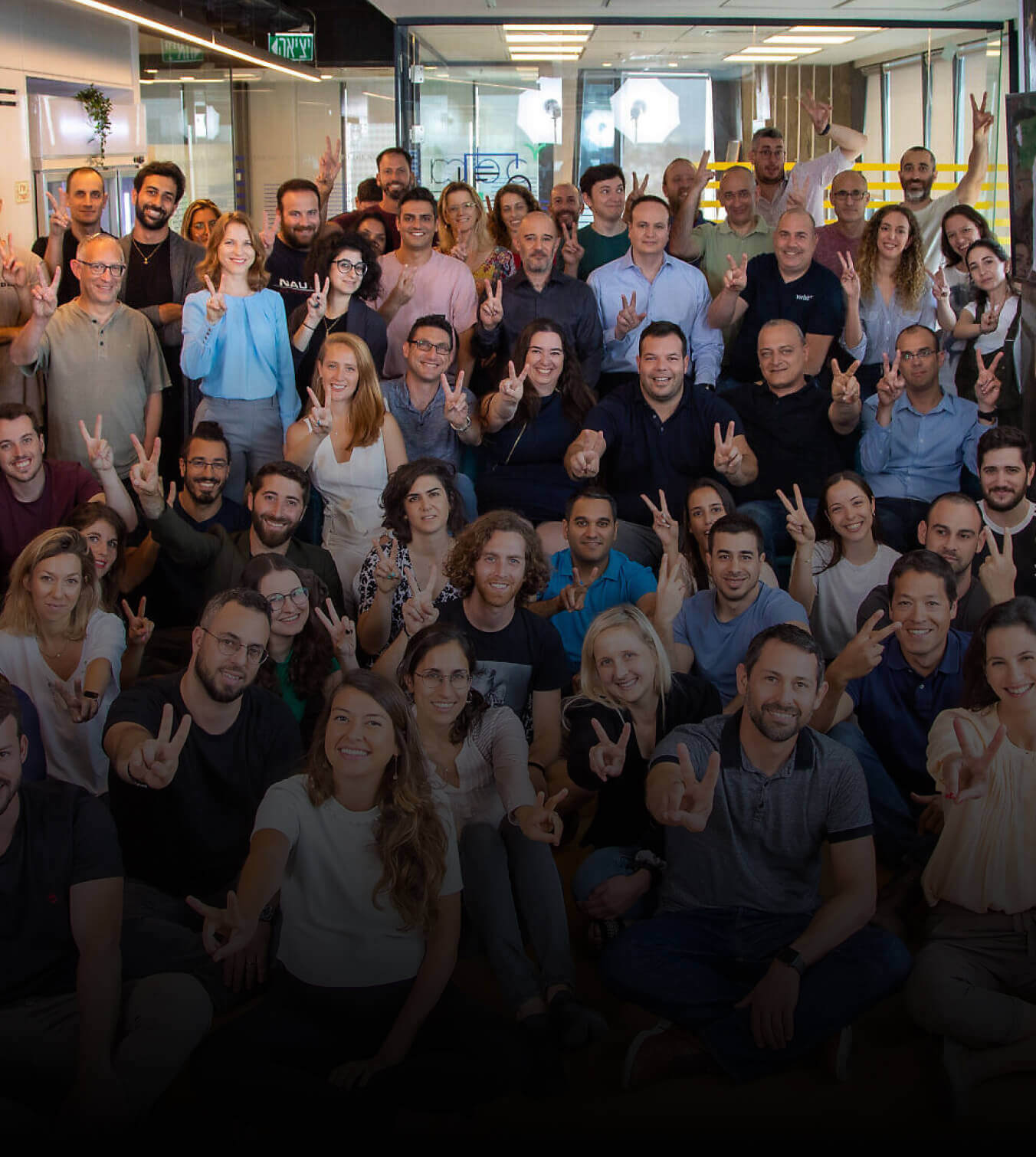Augmented reality is here to help and transform businesses as ever-growing possibilities are emerging. In this blog post, we will discuss the history of AR, its uses, and shed light on its future and endless benefits for companies.

It is a fact that companies are interested in AR and VR due to their immersive nature and due to its straightforwardness. As app developers, we are busy integrating these sophisticated technologies into the existing apps and also creating new digital mobile solutions for companies round the clock.
History of Augmented Reality
We must understand that Virtual Reality and Augmented Reality have practically gone hand in hand. In 1950 Morton Heilig wrote about a “Cinema of Experience”, which could effectively accompany all the senses by integrating the viewer with the activity on the screen. He built a prototype called the Sensorama in 1962, along with five short films that allowed the viewer’s experience to be increased through his senses (sight, smell, touch, and hearing).
In 1968, Ivan Sutherland, with the help of his student Bob Sproull, built what would be widely considered the first Head Mounted Display (HMD) for Virtual Reality and Augmented Reality. It was very primitive in terms of user interface and realism, and the HMD used by the user was so big and bulky that it had to be hung from the ceiling, and the graphics that made up the virtual environment were just “wire models.” In the late 1980s, the term Virtual Reality became popular by Jaron Lanier, whose company founded by him created the first Virtual Reality gloves and glasses, an essential step in the history of Augmented Reality.
The term Augmented researcher Tom Caudell introduced reality at Boeing in 1992. Caudell was hired to find an alternative to the tedious cable configuration boards that workers use. He came up with the idea of special glasses and virtual boards on real generic boards, so it occurred to him that he was “increasing” the reality of the user. The term Augmented Reality was given to the public in a paper in 1992. So this was the history of Augmented Reality, how you found it, tell us in the comments section.
AR in 2020
The pilgrim moves slowly through a wooded area of the Camino de Santiago. Check on your mobile that it has 3G coverage, so use its augmented reality program to look around you. Point the camera in different directions, and on the mobile screen, several points of interest appear on the landscape: an old Romanesque church, a viewpoint over the river, the tourist office in a town a few kilometers. You can also see a couple of pilgrims who are in the same area sharing their position through a mobile phone with GPS. As he is tired and lunchtime is approaching, he locates the hostel, which is half an hour away, and resumes his march.
Mobile camera phones are responsible for the current popularity of augmented reality applications.
All it takes is a computer (and all modern mobiles are computers) and a camera. It would be enough to develop marker-based augmented reality applications, such as the one recently published in Esquire magazine. Most of the AR Developers are looking to create unusual solutions for businesses and enterprises. But what has made this type of use popular are three small chips that incorporate most high-end devices: the GPS, the magnetometer and the accelerometer. GPS has been a technology available for years, whose inventions have decreased in size and consumption so much that they can be integrated into mobile phones.
The magnetometer allows to detect of magnetic fields, and therefore it can be used as a compass. The accelerometer measures the accelerations to which the device is subjected; As the gravity of the earth assumes a constant vertical acceleration, the accelerometer can be used to calculate whether the mobile is placed horizontally, vertically, tilted. It is the system used by applications such as Layar or Wikitude: they know where the mobile is, and they know where it looks. They can, therefore, know that a user of their app who is in the Louvre museum in Paris looking west will be focusing on the distance to the Eiffel tower, and they will be able to press on the screen the range and get info about its construction date and even a link to Wikipedia. Now let’s move to the uses of AR.
Uses of AR and its Future in Business
- The tourist walks through the city centre on a hot summer day. Through his sunglasses, he sees not only his surroundings but all the information that a popular Internet application considers that may interest him. When looking through the glasses, he sees highlighted shops that sell things related to his interests, users with an activated public profile and with hobbies related to his, and of course all those things and places that he explicitly indicated while preparing the trip. Upon arriving at the town hall, a beautiful 17th-century baroque building, he stops to contemplate the façade while a corner of his glasses shows him a short documentary on the history of the building. The uses of AR are endless, and you need innovative ideas to explore it.
- The police officer who runs through the city centre could pass for a tourist. He also wears sunglasses, but instead of highlighting buildings and bars, they highlight people. Occasionally one of the passers-by is highlighted in yellow, which means that he has a police record. Next to the highlighted silhouette is a text with the mugshot. Suddenly, a striking red color points to a man who is standing in front of the town hall.
- The ministry’s information system, to which the glasses are connected, has identified its biometric parameters with those of a foreigner who arrived at the airport a few days ago. The system is dedicated to browsing the Internet collecting information from users, especially their political and religious opinions, to detect potential terrorists based on algorithms designed by the intelligence services. The man turns and heads to a bar in the plaza. The police officer calls for reinforcements and heads after him.
The future potential of augmented reality is tremendous, and AR in 2020 is going to boom. Not so much for what the technology itself can do, but for its ability to enhance the experience of other current and future technologies. Now we carry GPS devices in the car. Still, shortly, the GPS will come standard on all models, the information will be displayed on the windshield. It will include incidents on the road, offers in nearby stores adapted to our profiles, or notices from known people who are found in the surroundings. We know that AR in 2020 is going to be in trends.
We will visit the shopping centres observing through the mobile phone, or through glasses, the products that we are going to buy. At the same time, we are shown opinions of other consumers about that product, offers of similar products or possible uses for it in which perhaps we have not yet thought-out.
Augmented reality can put at our disposal, practically, all the information that we have in the age of the Internet. At Zazz, we are building entertaining and informative applications of AR for you.
If you have any questions or want to spend on AR technology to earn revenue and provide unique capabilities to your customers, contact us now!
Recent Articles
Zazz.io Recognized as a Top Mobile...
When it comes to mobile app development and digital transformation...
Impact Of Google Bard on Mobile...
Artificial Intelligence has caused an irreplaceable disruption in almost every...
Cost of Building a Real Estate...
100 million+ homes listed in some of the most preferred...










